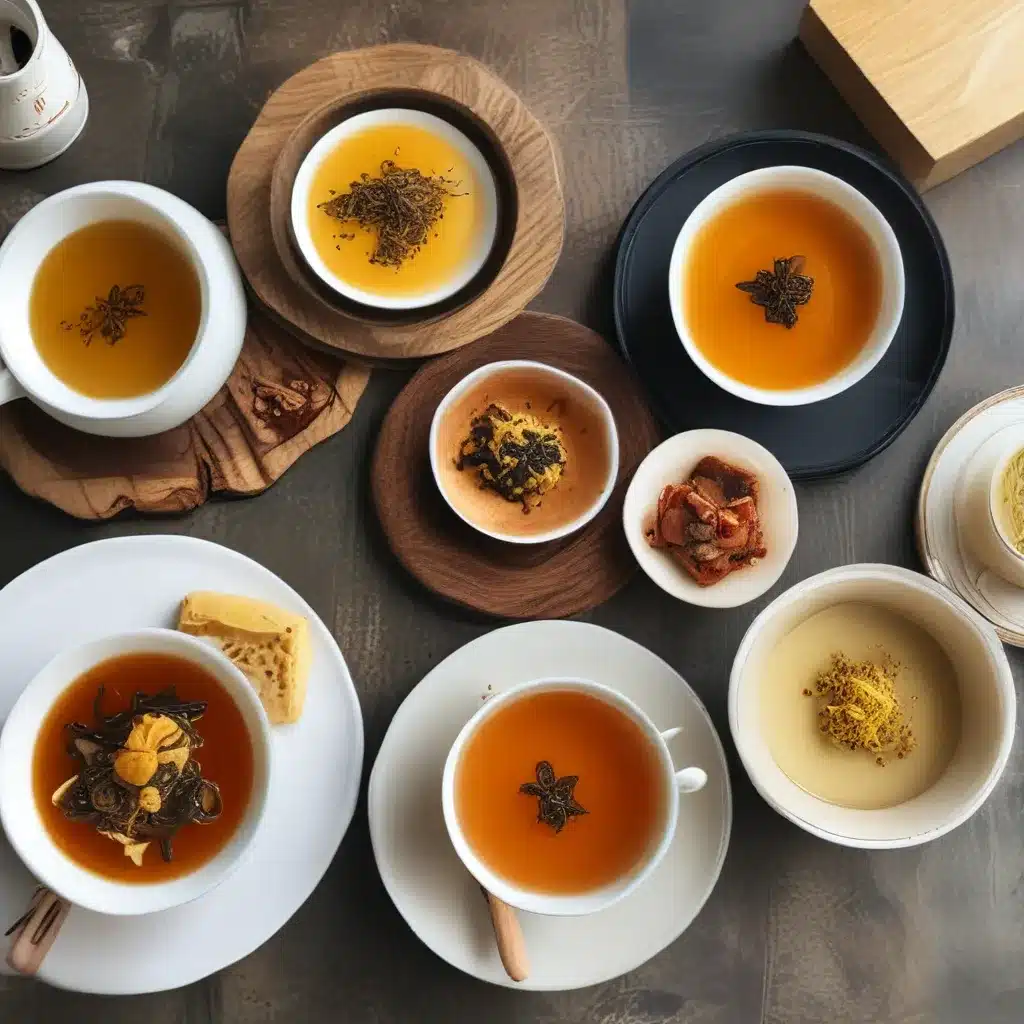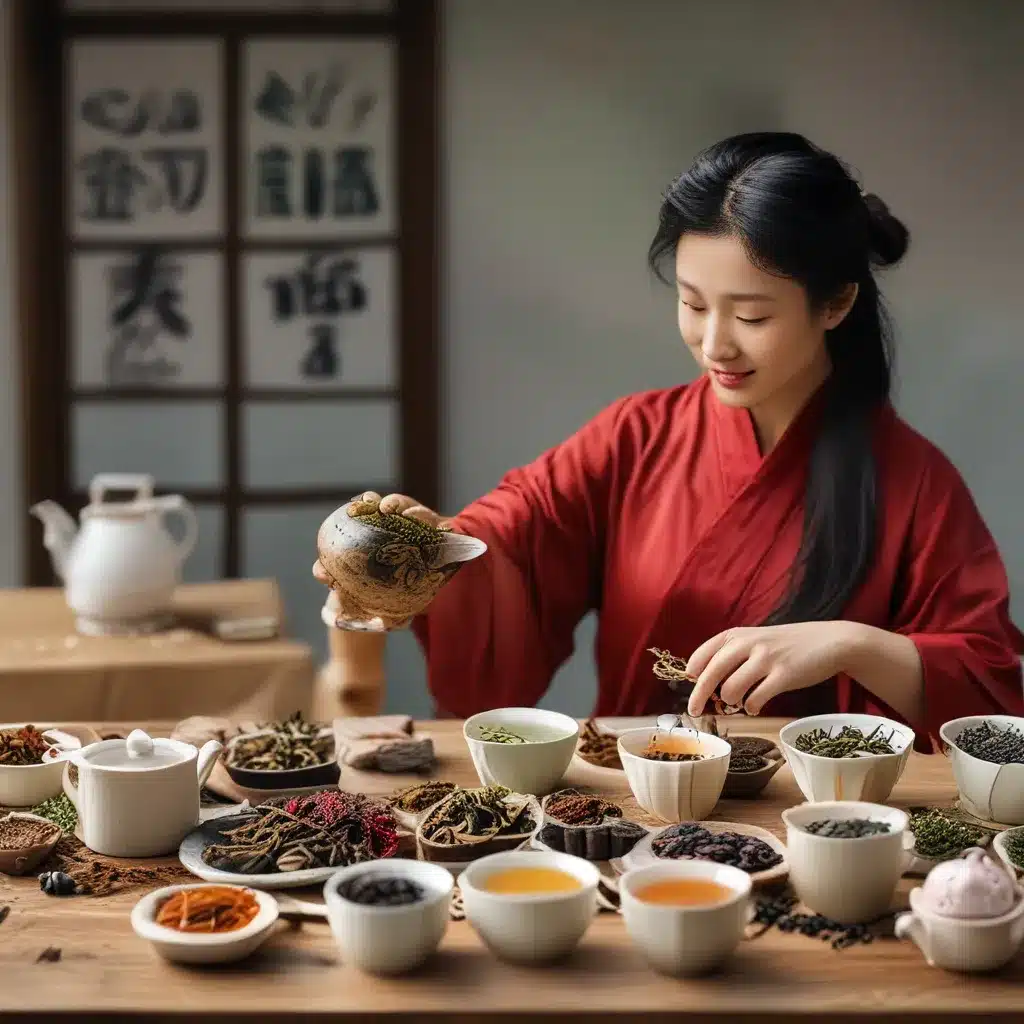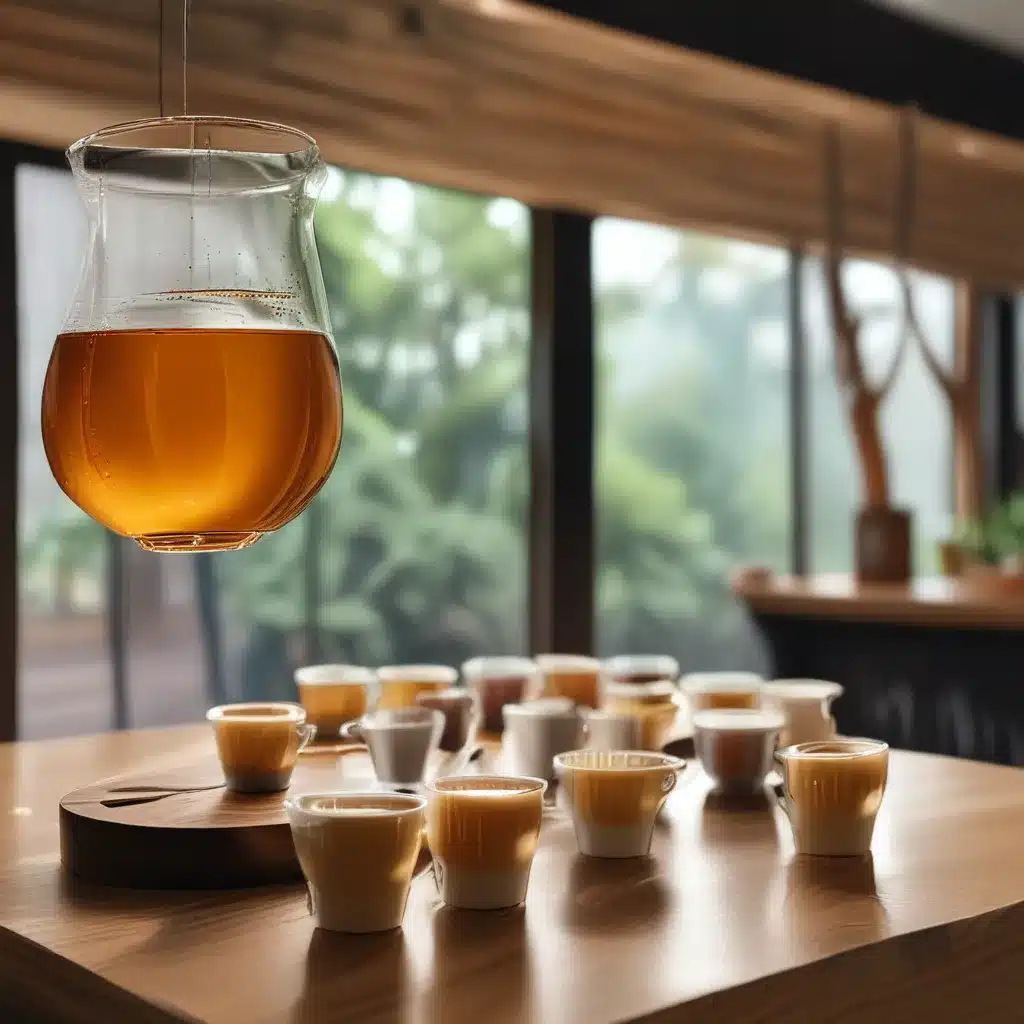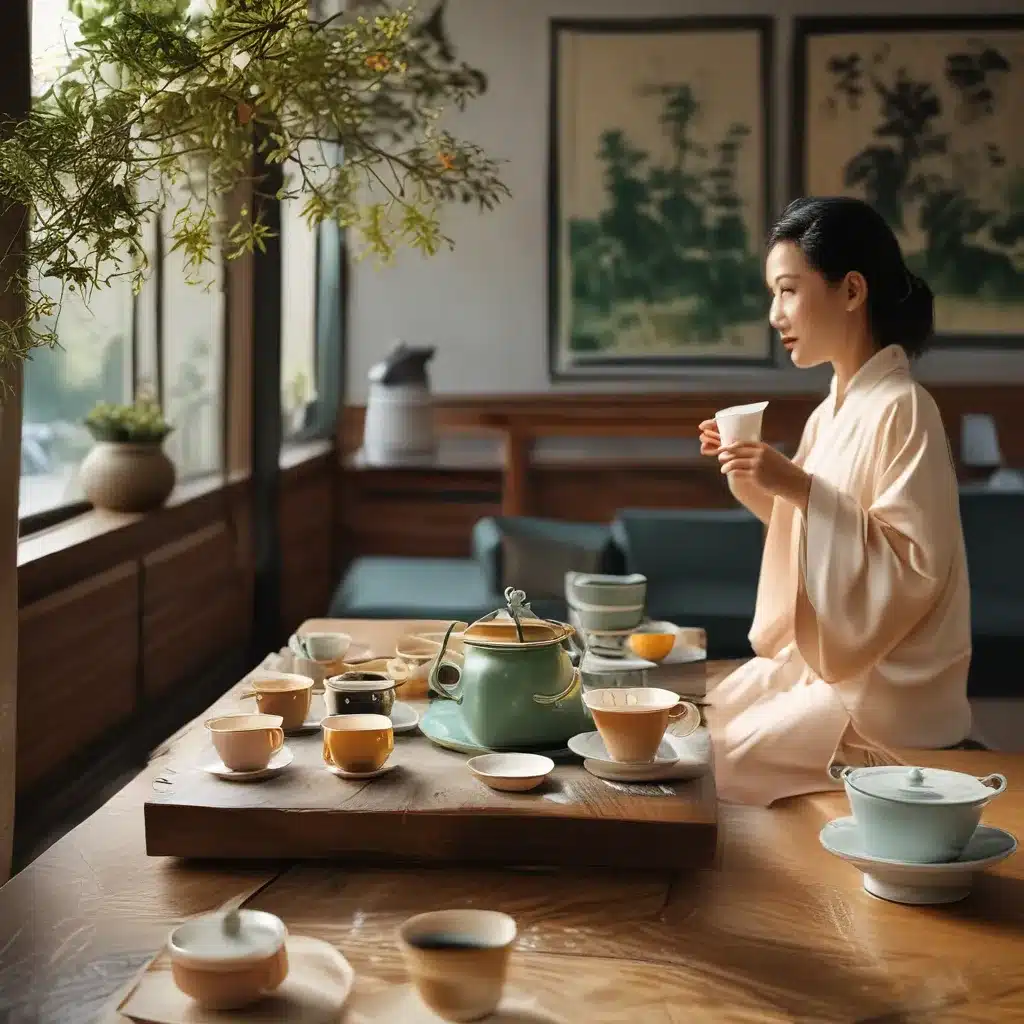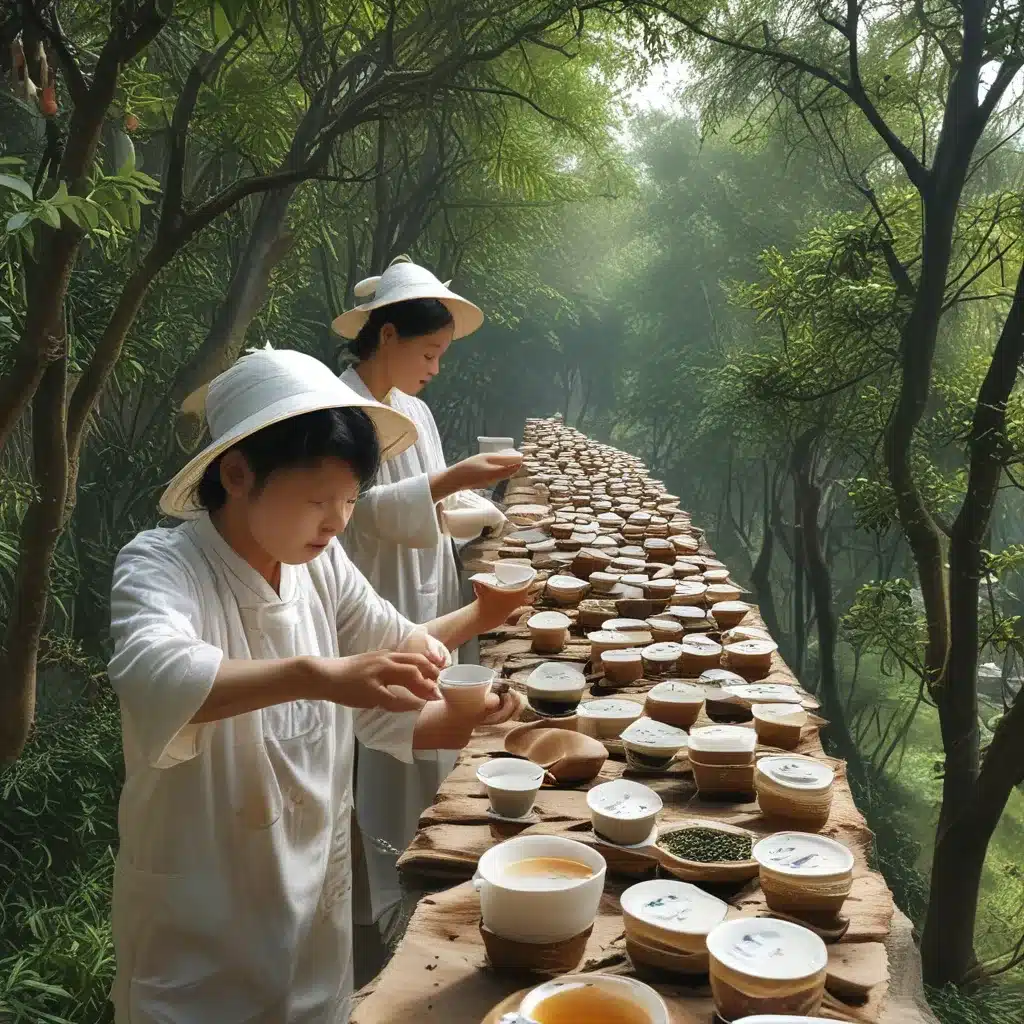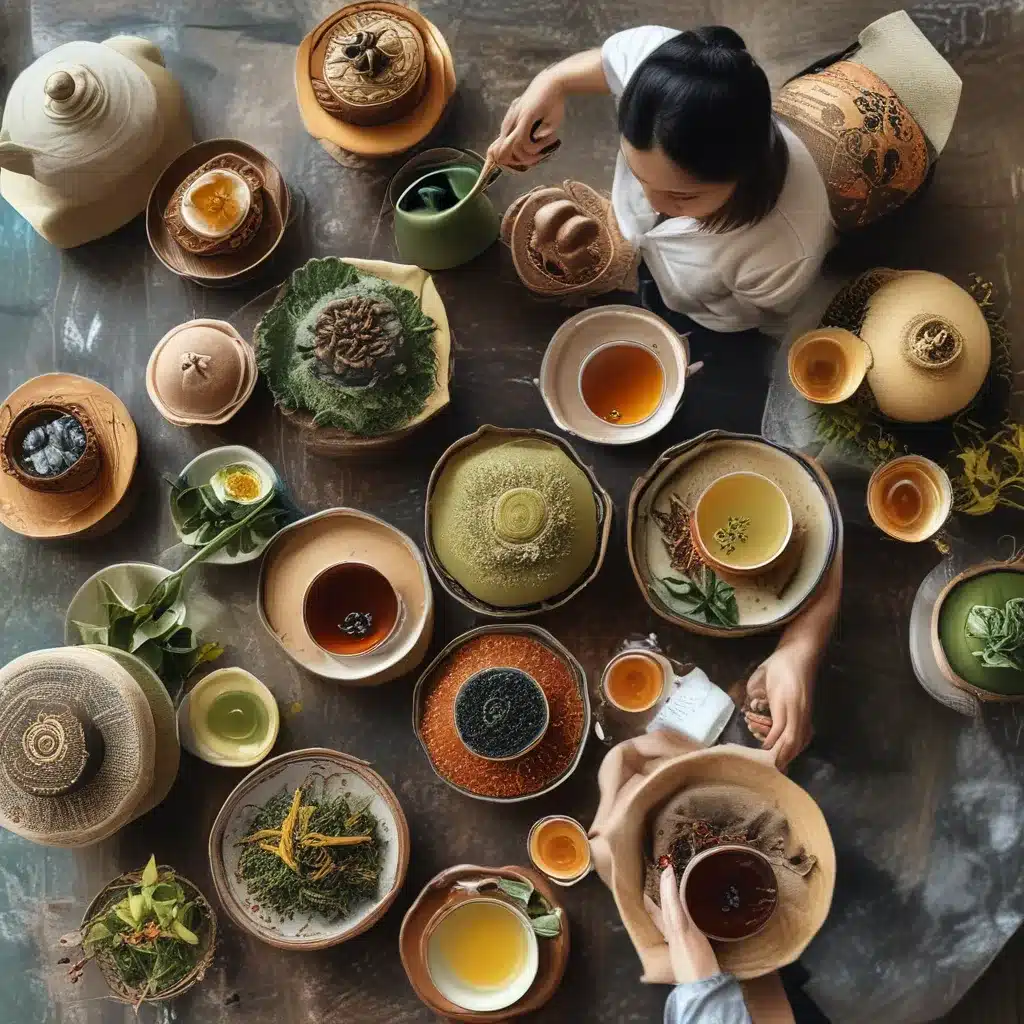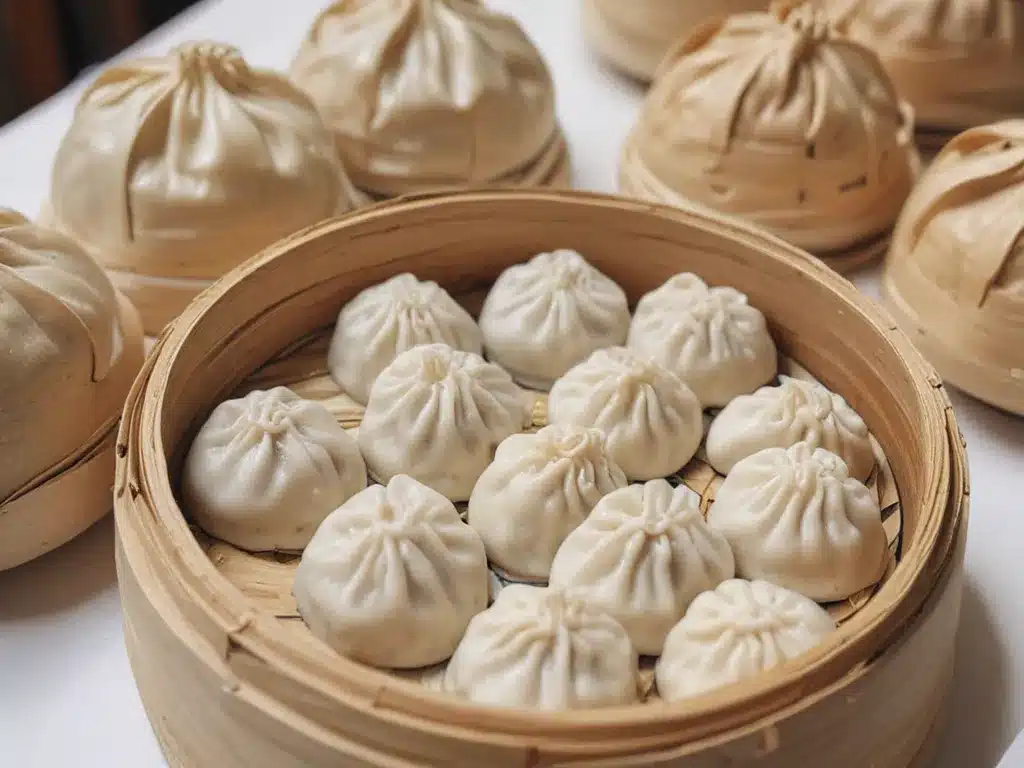
Origins of the Xiaolongbao
Xiaolongbao, also known as soup dumplings, are one of Shanghai’s most iconic dishes. However, the exact origins of this beloved snack are debated. Some stories trace the creation of xiaolongbao back to imperial chefs in Nanjing during the Ming Dynasty. According to this legend, the chefs wanted to create an elegant version of boiled dumplings to please the emperor. They came up with the idea to fill the dumplings with a rich, gelatinous broth enclosed inside thin dough.
Others credit the invention of xiaolongbao to chefs in Shanghai during the Qing Dynasty. At this time, Shanghai was becoming a major trading port with influences from all over China as well as foreigners. This diverse environment may have provided the culinary inspiration for xiaolongbao.
No matter their exact origins, by the late 19th century xiaolongbao had firmly taken root in Shanghai. Their unique creation and enjoyment soon became an integral part of Shanghainese culture.
The Art of Xiaolongbao Making
Creating the perfect xiaolongbao is an art that takes both skill and practice to master. Some key aspects chefs must carefully consider include:
-
The dough must be extremely thin yet able to hold the flavorful broth inside without breaking. Getting the thickness just right is difficult but important.
-
Folding the dumplings requires expertise to tightly seal in the filling while leaving no air bubbles. Even the slightest mistake can cause leaks during boiling.
-
The filling typically contains minced pork, vegetables, seasonings, and a gelatinous stock. Achieving the right ratio and consistency is crucial for maximum flavor and juice retention.
-
Traditional xiaolongbao are boiled and not steamed. This cooking method keeps the dumplings soft and tender while allowing the flavorful broth to permeate the thin wrapper. Perfect boiling takes the right amount of time.
-
Presentation is also prized. Well-made xiaolongbao are uniformly shaped with no tears or overfilling. Their beautiful appearance invites diners in for a taste.
Mastering all these techniques takes years of dedicated practice. Even experienced chefs must constantly refine their xiaolongbao craft. No wonder homemade versions often pale in comparison to restaurant quality.
Popular Varieties of Xiaolongbao
While the classic pork broth xiaolongbao reigns supreme, chefs have experimented with many varieties over time. Some other popular options include:
-
Crab roe xiaolongbao: Filled with a rich crab roe and crab meat stuffing for an indulgent twist.
-
Seafood xiaolongbao: Combinations of shrimp, squid, or fish provide lighter seafood broth options.
-
Vegetarian xiaolongbao: Non-meat fillings like mushrooms offer a plant-based version.
-
Luxury xiaolongbao: Top restaurants stuff theirs with pricey ingredients like abalone or lobster for an extra special treat.
-
Flavored broth xiaolongbao: Broths infused with ingredients like osmanthus or ginger offer new taste profiles.
While purists argue the original pork version is best, these varieties continue attracting foodies seeking new xiaolongbao experiences. Variety ensures the dish stays as popular and beloved as ever.
The Cultural Significance of Xiaolongbao
In today’s Shanghai, xiaolongbao hold incredible cultural and sentimental meaning beyond their delicious flavors. They represent integral parts of life from celebratory meals to everyday snacks. Some ways this iconic food connects to Shanghainese culture and identity include:
Family bonding: Multigenerational family outings often center around enjoying steaming baskets of fresh xiaolongbao together. Their cozy warmth fosters closeness.
Special occasions: Holidays, birthdays, and milestones commonly feature xiaolongbao feasts. Their festive enjoyment signifies prosperity, joy and togetherness.
Everyday sustenance: Grab-and-go xiaolongbao nourish Shanghai residents through busy work and school days as quick, comforting fuel.
Local pride: Shanghainese take pride that some of the world’s best xiaolongbao emanate from their city. It symbolizes their culinary expertise.
In short, eating xiaolongbao in Shanghai holds deep personal and cultural memories beyond simple sustenance. Their special role in people’s lives explains why they’re so beloved and integral to the identity of this cosmopolitan metropolis.

